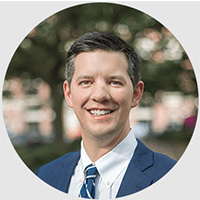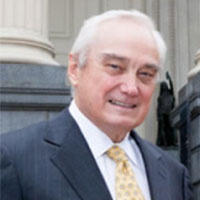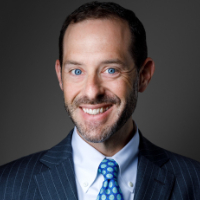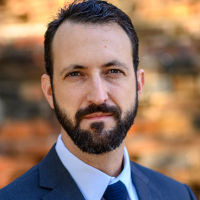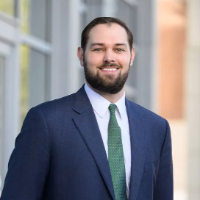Mr John S. Williams | Attorney
Top Local Lawyers
 Premium
Premium
Jeremiah Spencer Boling
Boling Law Firm
Accident & Injury, Wrongful Death, Car Accident, Legal Malpractice,
541 Julia Street Suite 300
New Orleans, LA 70130
 Premium
Premium
Nicholas Lindner
Nicholas S. Lindner, Attorney at Law LLC
Criminal, Car Accident, Felony, Accident & Injury, DUI-DWI
631 Saint Charles Avenue
New Orleans, LA 70130
 Premium
Premium
Irvy Ernest Cosse
Cosse Law Firm
Accident & Injury, Mass Torts,
1515 Poydras St Suite 900
New Orleans, LA 70112
 Premium
Premium
Stephen B. Murray, Sr.
Murray Law Firm
Accident & Injury, Lawsuit & Dispute, Environmental Law, Admiralty & Maritime, US Courts
650 Poydras St Ste 2150
New Orleans, LA 70130
 Premium
Premium
Justin M. Chopin
The Chopin Law Firm LLC
Accident & Injury, Workers' Compensation, Medical Products & Devices, Bad Faith Insurance, Lawsuit & Dispute
650 Poydras St Suite 1550
New Orleans, LA 70130
 Premium
Premium
William Brock Most
Law Office of William Most
Business, Criminal, Lawsuit & Dispute, Civil & Human Rights, Real Estate
201 St. Charles Ave. Ste. 2500 #9685
New Orleans, LA 70170
 Premium
Premium
Brad Cranmer
Mansfield Melancon Car Accident and Personal Injury Lawyers
Personal Injury, Accident & Injury, Motorcycle Accident, Car Accident,
365 Canal Street Suite 415
New Orleans, LA 70130
 Premium
Premium
Harrece C. Gassery
Gassery Law Firm
Consumer Rights, Business, Accident & Injury, Civil Rights, Criminal
300 Huey P. Long Avenue Suite I "eye"
Gretna, LA 70053
 Premium
Premium
Ronna M. Steele
The Maritime Law Center
Accident & Injury, Admiralty & Maritime, Personal Injury, Medical Malpractice, Mesothelioma
315 Huey P Long Ave
Gretna, LA 70053
About John
Admission


2009

2006

2005
The Law Offices Of John S Williams LLC Highlights
Accident & Injury, Personal Injury, Wrongful Death




